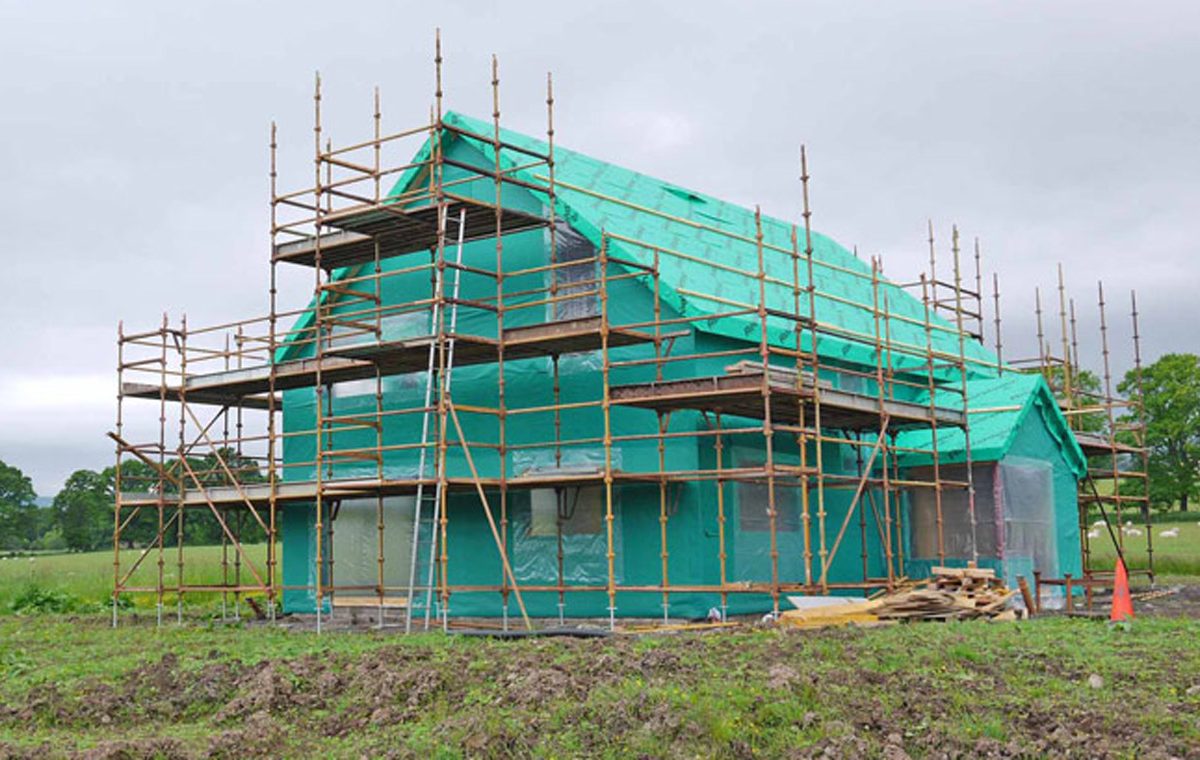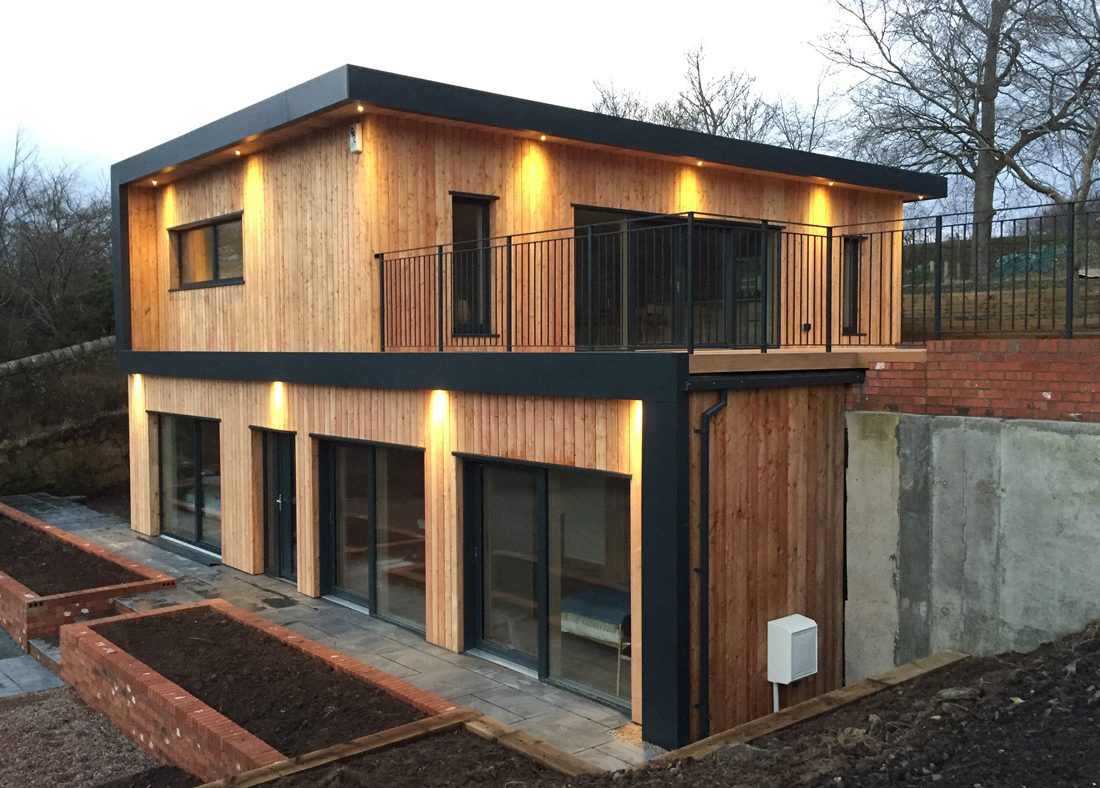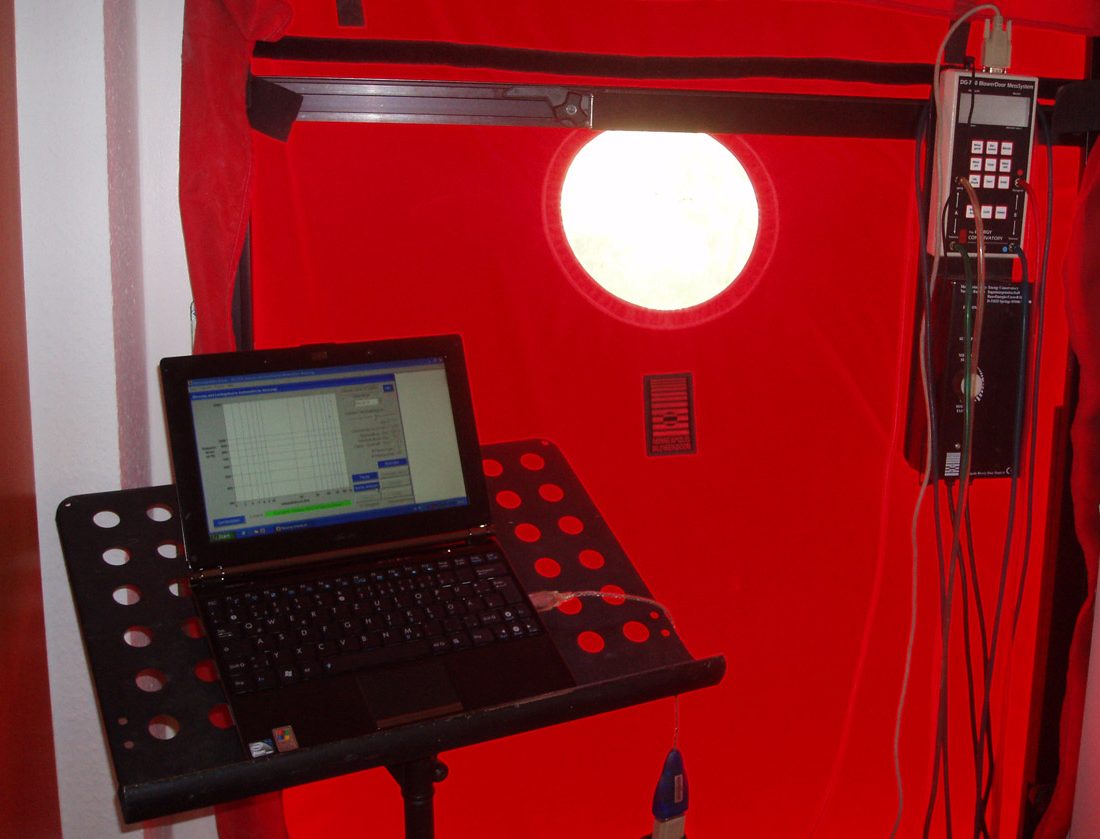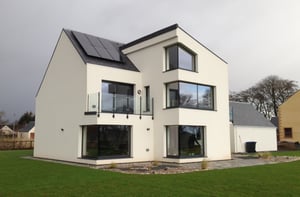Every year, more and more people embark on the Self Build route. There are many reasons for this, however the most common is to create a home that perfectly reflects the family’s lifestyle. Many people also want to create a home that is as energy-efficient as possible. Therefore, it is no surprise that homebuilders research various low energy building theories such as Passive House, Fabric First or Zero Carbon.
You can find information about each of these concepts on our blog. Passive House is the strictest and in recent years, it has become increasingly popular among self-builders in the UK. We are happy to launch our Passive House Series, where we will provide information on key aspects of this concept that will help you make up your mind if Passive House is for you.
Today, we are starting with the first part of the article presenting 1 to 5 of the top 10 things that you should know before building a Passive House.
The decision to build a Passive House is not one that should be taken lightly. The term Passive House or building towards Passive standard is one that we hear a lot when discussing new build projects with potential clients. However, the Passive House standard is the world’s leading energy standard and with it comes a strict set of criteria that must be achieved if certification is the end goal of your project.
It is not simply something that is added to the project wish list and then aimed at loosely. It takes commitment and dedication as well as a full understanding of what is ahead of you. To help you understand this better we have put together a list of the top 10 things that you should understand and be aware of before you take the plunge and commit to building a certified Passive House.
1. It’s not easy, but it’s worth it!
The main thing to know before you start your Passive House journey is that it’s not going to be easy. However, don’t let that put you off. No construction project is easy especially a Self Build.
That said, if you are taking the plunge and committing to a Self Build, it’s most likely the first and last house you will ever build. As you have decided to do it, you should be aiming for the highest standard available. This will help to futureproof the performance of your house and help to protect you against increasing energy costs.

The performance of a Passive House far exceeds that of a conventional building. This is can be observed for thermal performance, indoor air quality, air-tightness, energy and heating load requirements.
With low running costs and high levels of thermal comfort coupled with superior indoor air quality and lower maintenance costs. The Passive House standard can help you achieve a building that will far exceed your wildest dreams.
2. The Site
Now that you have made the decision to build a Passive House you need to have a place to build it. The site and surrounding landscape is the first hurdle that you need to overcome.
A Passive House building is designed to collect solar gains. As a result of this, the building should be orientated as due South as possible. The site that is selected for the construction of a Passive House should allow for unobstructed views to the South wherever possible.
The surrounding landscape will also have an impact on the performance of your building. Attention should be paid to features such as mature trees, hills, neighbouring buildings and anything that will cast a shadow or prevent the sun from reaching your building.
3. The Team
If you are building a Passive House, it is more important than ever to surround yourself with a team of professionals that know what they are doing. The most important element of this team should be its experience.
Previous Passive House experience is a must in this game, at least from your Architect or designer. Where possible the Architects should be certified Passive House designers. This qualification is confirmation that they have either built and certified Passive House buildings in the past or have sat and passed the Passive House designers course provided by the passive house institute.
Builders and engineers with Passive House experience would be beneficial if possible although this is not required as long as the lead designer has sufficient experience to guide the rest of the team through the design, construction and commissioning process for the project.
4. The Design
Now down to the fun part… The design! For the most part, a Passive House can have any design you wish. However, it’s important to understand that the more complex the design the more difficult, time-consuming and costly it will be to achieve.
A few basic rules to be mindful of during the design phase are as follows:
a. The orientation should be as due South as possible; the sun rises in the East and sets in the West so plan your spaces around where the sun will enter the house. Such as a breakfast nook to the east, dining room to the West etc.
b. A compact form is the most energy and cost effective, large weird shaped buildings are hard to detail, hard to build and could prevent you from achieving certification if this effects the air-tightness or thermal performance.
c. When planning the rooms and spaces within your building it’s a good idea to group the wet areas together wherever possible. By this, we mean rooms such as kitchen, utility, bathrooms, en-suites…etc. With these rooms side by side, back to back and/or over each other this reduces the length of services such as plumbing saving energy and reducing heat losses through the building.
d. Incorporating service zones is a very common practice in the design of modern buildings. This is particularly important for Passive House buildings. Whilst a service void in the walls can be useful for running plumbing and electricals this void also helps to protect the air-tightness layer from penetrations once the building is completed. In addition to this an MVHR unit also needs to be installed throughout the building and the ducting should be planned so that this can reach every space whilst remain concealed, boxed in services are not a good look in a new build house.

5. PHPP Calculation
In addition to the design and planning of the building, you will also need to run a PHPP calculation for your Passive House building. PHPP stands for Passive House Planning Package and this is the means of assessing the overall performance of the building, the impact all products and materials used are having, and ultimately, if the building is capable of achieving Passive House certification.
The PHPP calculation does not replace the SAP calculation which will still be required as part of your building warrant/building control application. However, the results of the PHPP calculation are generally more accurate than the SAP calculation and can also play a pivotal role in the design of a building.
The PHPP is also a design tool which should be used throughout the whole project including the process of designing the house and throughout the construction phase. The PHPP can be used to assess and trial changes such as different types of construction, different window and door manufacturers, the addition of shading measures, ventilation techniques, the size and shape of the windows, air-tightness levels, type of insulation used and so on and so forth.
So, we have reached halfway on our list of the ten things you should know before building a Passive House. Up to this point we have covered the main areas between making the decision to go passive and designing your dream house. This includes finding your site, appointing your design team and designing your Passive House with the help of the PHPP.

In part two of this article, we will start to drill down into the tricky part of this whole process… the build. We will look closely at the building fabric including construction types and thermal bridge free design, the complexities of achieving the Passive House levels of air-tightness and what is required to get your building across the line.
The MVHR system and other services for the building, the commissioning and certification process of your Passive house and then, of course, the best part… living in your Passive House. We will outline the key things to be aware of as you settle into life inside your new Passive House home.
Beyond these small points, all that is left is to do is to sit back and enjoy life in your new energy-efficient, comfortable Passive House home.
You can find the second part of this article below:
This article is a part of Passive House Series where our Passive House Designer where we describe various areas of building a home to achieve this certification. If you want to learn more about our Passive House design offer, visit our services page.



